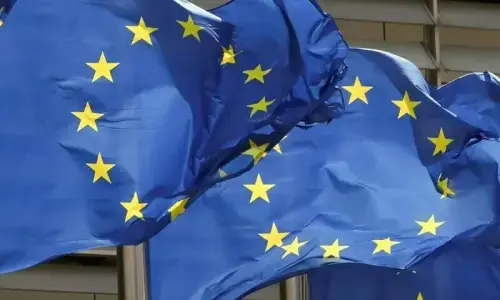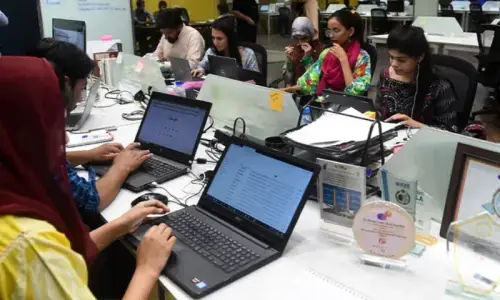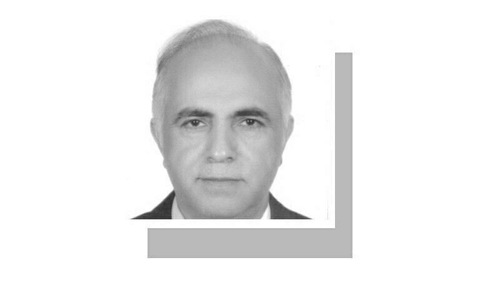KARACHI: As the private sector retires its debts, banks are increasingly lending to non-bank financial institutions (NBFIs), setting a record of Rs400 billion in the first quarter of the current financial (FY25).
NBFIs, which provide a range of financial services without holding banking licences, play a significant role in the economy. The State Bank’s latest data showed that credit flows to NBFIs reached Rs399.86bn from July 1 to October 11 in FY25, equating to 91 per cent of the total loan stock for NBFIs. As of June 30, 2024, total loan stock was Rs441bn.
In FY24, there was a net debt retirement of Rs71bn by NBFIs, while credit to the sector stood at Rs144.7bn in FY23. Although the country’s financial system is bank-centric, with NBFIs constituting only 5.8 per cent of the financial system’s asset base, the sector has grown steadily over the years, offering essential non-bank financial services.
In CY23, NBFIs operated within a high-interest-rate environment amid inflationary pressures, reduced economic activity, political uncertainty, and external imbalances.
Experts in the financial sector said that asset management, which dominates the NBFI sector, attracted significant liquidity and recorded substantial profits. In CY23, the sector grew by 34.5pc (compared to 26.7pc in CY22), largely driven by asset management, which holds an 89.6pc share of NBFI assets. The asset base of this segment rose to Rs3,089bn in CY23, growing 39.6pc compared to 27.5pc in CY22. Mutual funds and portfolios lead this segment.
Assets Under Management (AUM) saw a 43.7pc increase in CY23, boosted by growth in mutual funds and portfolios, further expanding their asset share in the NBFI sector. Mutual funds, which comprise 64.7pc of NBFI assets, grew 41.8pc, primarily due to Islamic income and money market funds.
Analysts observed that the strong equity market attracts NBFIs, allowing them to generate returns despite high interest rates. The State Bank has reduced the interest rate from 22pc to 17.5pc since June 2024, with further cuts anticipated in the upcoming monetary policy on November 4. Asset management companies are closely monitoring opportunities for investment and profits.
NBFIs include companies licensed by the Securities and Exchange Commission of Pakistan to engage in various activities, including investment finance services, leasing, housing finance, venture capital, discounting services, investment advisory, asset management, and other businesses specified by the government. Non-bank microfinance companies are also part of the NBFI sector.
Meanwhile, Topline Securities reported on Monday that mutual funds purchased shares worth $61 million up to October 25, marking the highest net monthly buying since April 2018.
Published in Dawn, October 29th, 2024

































